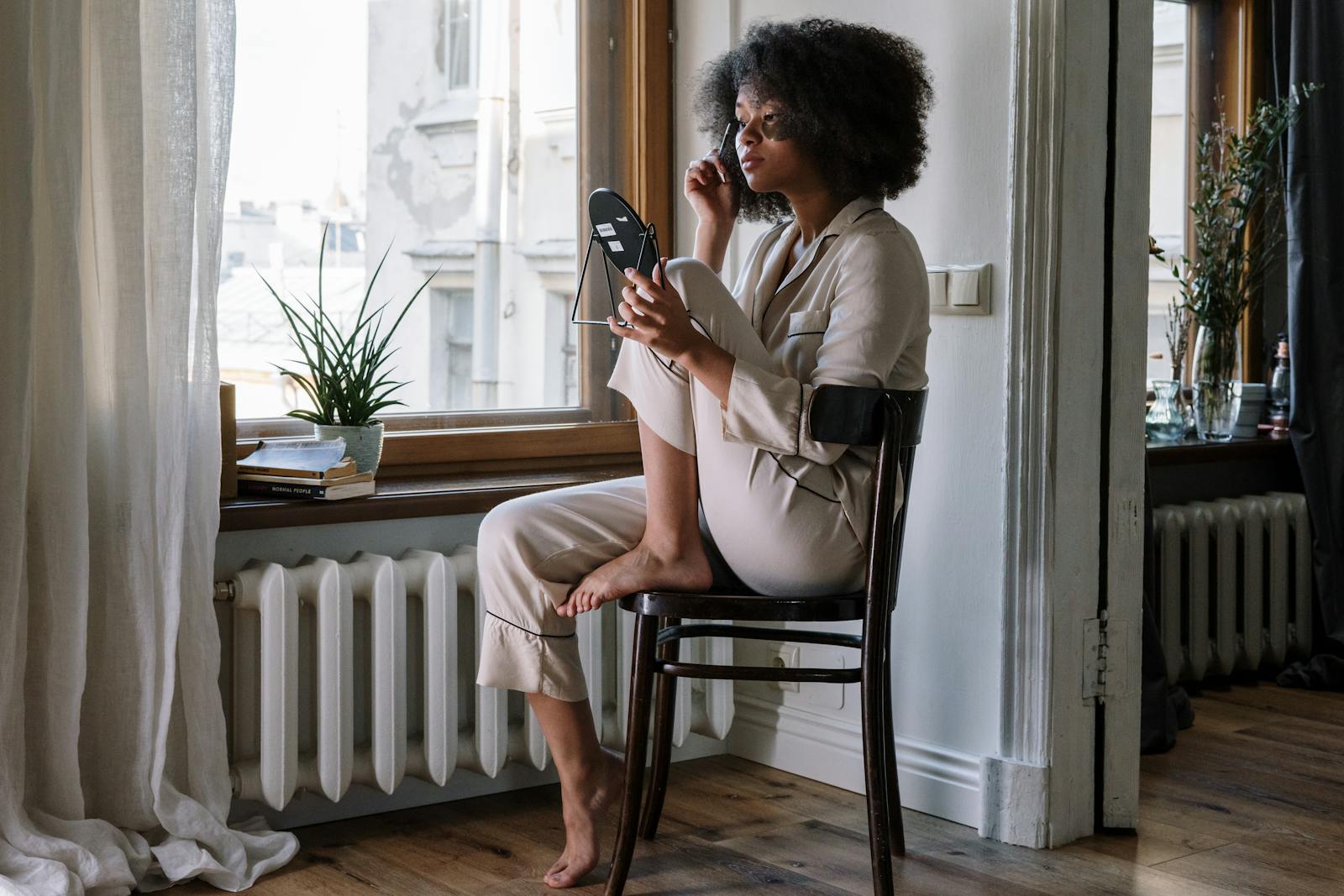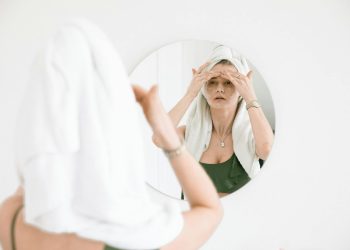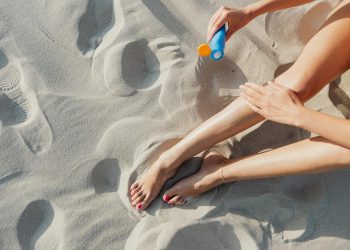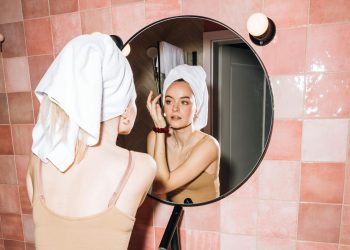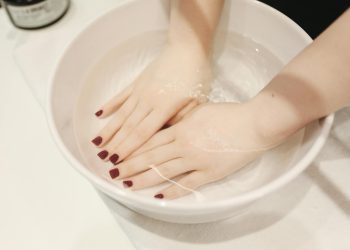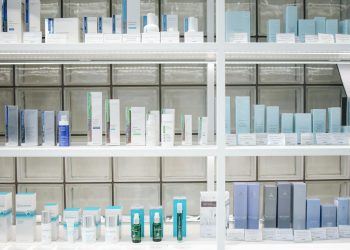In a world increasingly attuned to individuality and self-expression, the beauty industry is undergoing a transformation that goes far beyond the surface. A growing wave of brands, influencers, and consumers are challenging long-standing norms by embracing the concept of gender-neutral beauty. This movement is not simply a marketing strategy or a passing trend—it reflects a broader cultural shift in how we understand identity, aesthetics, and self-care.
The rise of gender-neutral beauty signals something profound: a rejection of the belief that makeup, skincare, and grooming should be categorized as inherently masculine or feminine. Instead, it proposes that beauty belongs to everyone, and that expressing oneself through appearance should not require justification through gender. This essay explores the evolution, significance, and implications of this powerful movement, and why it’s changing not just how we look, but how we live.
The Traditional Divide: A Brief History
For most of modern history, beauty products were gendered with a near-religious intensity. From soft pink packaging and floral fragrances for women to rugged charcoal designs and musky colognes for men, every aspect of beauty branding reinforced a binary ideal. This wasn’t just about colors or fonts—it was rooted in deeper cultural messaging. Women were told beauty was their domain and duty; men were warned that indulging in personal care beyond the basics could be seen as vain, effeminate, or weak.
This divide wasn’t just commercial; it was societal. Makeup was treated as something that enhanced femininity, while men who dared to wear eyeliner or concealer were often met with mockery, suspicion, or worse. The result? A stifling system that limited personal expression and forced people to conform to narrow, outdated ideas of gender roles.
But like many norms built on rigidity, this one, too, began to crumble—first at the margins, then in the mainstream.
Beauty Without Borders: The Cultural Shift
The last decade has seen a reawakening of gender and identity in public discourse. The visibility of nonbinary, gender-fluid, and transgender individuals has challenged the dominant narrative that people exist in two neat boxes: male and female. As society begins to recognize the spectrum of identity, it’s only natural that beauty—one of the most personal forms of expression—would follow.
Younger generations, particularly Gen Z, have grown up in a digital landscape where fluidity and authenticity are celebrated rather than punished. Influencers like Bretman Rock, Alok Vaid-Menon, and David Yi have helped redefine what beauty can look like. They wear what they want, how they want, and they do so unapologetically. Their popularity proves that audiences crave realness more than perfection, and self-expression more than conformity.
Even mainstream brands have taken notice. Fenty Beauty by Rihanna, launched in 2017, not only revolutionized inclusivity in foundation shades but made it clear that makeup isn’t just for women. Brands like Milk Makeup, Humanrace, and We Are Fluide explicitly position their products as gender-inclusive. Skincare lines, too, are dropping gendered marketing in favor of simplicity, science, and results.
More Than Marketing: Why It Matters
Some critics argue that the rise of gender-neutral beauty is little more than a rebranding strategy—a way for companies to broaden their customer base and cash in on social change. While there may be truth in the idea that brands follow money, it would be reductive to dismiss the impact this shift has on individuals.
For many people, especially those who have never fit comfortably within gender norms, the availability of gender-neutral products is liberating. It allows them to engage with beauty without shame or stigma. It provides tools for self-expression without fear of judgment. And for some, it’s the first time they’ve seen themselves reflected in a product campaign, an ad, or a store shelf.
This movement also invites everyone—not just queer or gender-diverse individuals—to reconsider their relationship with beauty. Men no longer need to pretend they don’t care about their skin or appearance. Women are free to explore styles that feel more authentic, not just more attractive. Everyone benefits when rigid categories fall away and people are allowed to define beauty on their own terms.
Redesigning the Shelf—and the Story
If gender-neutral beauty is to be more than a fad, it must go deeper than just removing pink and blue from packaging. It requires a complete reimagining of how products are formulated, presented, and sold.
Formulation-wise, many gender-neutral brands focus on skin type and concern—dryness, sensitivity, acne—rather than who the product is “for.” This signals a move away from stereotypes and toward actual effectiveness. Packaging is also shifting to clean, minimalist designs that don’t scream “for him” or “for her,” but instead invite curiosity from anyone.
Perhaps the most important redesign, however, is the narrative. Campaigns are increasingly featuring people of diverse genders, body types, and ethnicities, telling stories that resonate across communities. These campaigns aren’t just selling lip gloss or toner—they’re selling the idea that beauty is a personal journey, not a prescribed identity.
Resistance and Backlash
Not everyone welcomes this shift. There are still corners of the industry and culture that cling to traditional gender roles with fervor. Some consumers feel alienated by gender-neutral branding, interpreting it as an erasure of femininity or masculinity. Others argue that in trying to be inclusive, some brands risk becoming bland or forgettable.
It’s a valid concern: how do you maintain strong brand identity without leaning on gender cues? The answer lies in creativity and authenticity. The most successful gender-neutral brands are those that stand for something beyond inclusion—they have a point of view, a philosophy, a clear voice.
Still, resistance often comes from discomfort with change. As with any cultural transformation, backlash is part of the process. But the momentum is undeniable. The tide is turning, and the future looks less like a spectrum and more like a kaleidoscope.
Toward a Freer Future
The rise of gender-neutral beauty is not about erasing gender—it’s about expanding choice. It’s about creating space for everyone to feel seen, heard, and valued in a realm that has long been exclusionary. Beauty, after all, is not a rulebook—it’s a canvas. And when we stop forcing people to paint within predefined lines, we allow them to create something far more beautiful: themselves.
In embracing gender neutrality, the beauty industry isn’t just selling more products. It’s participating in a cultural awakening—one that says you are not limited by your biology, your label, or your past. You are free to define who you are, and how you show it to the world.
As we look ahead, one thing is clear: the most beautiful thing in the world might not be a product or a campaign, but a person looking in the mirror and seeing themselves—truly—for the first time.


